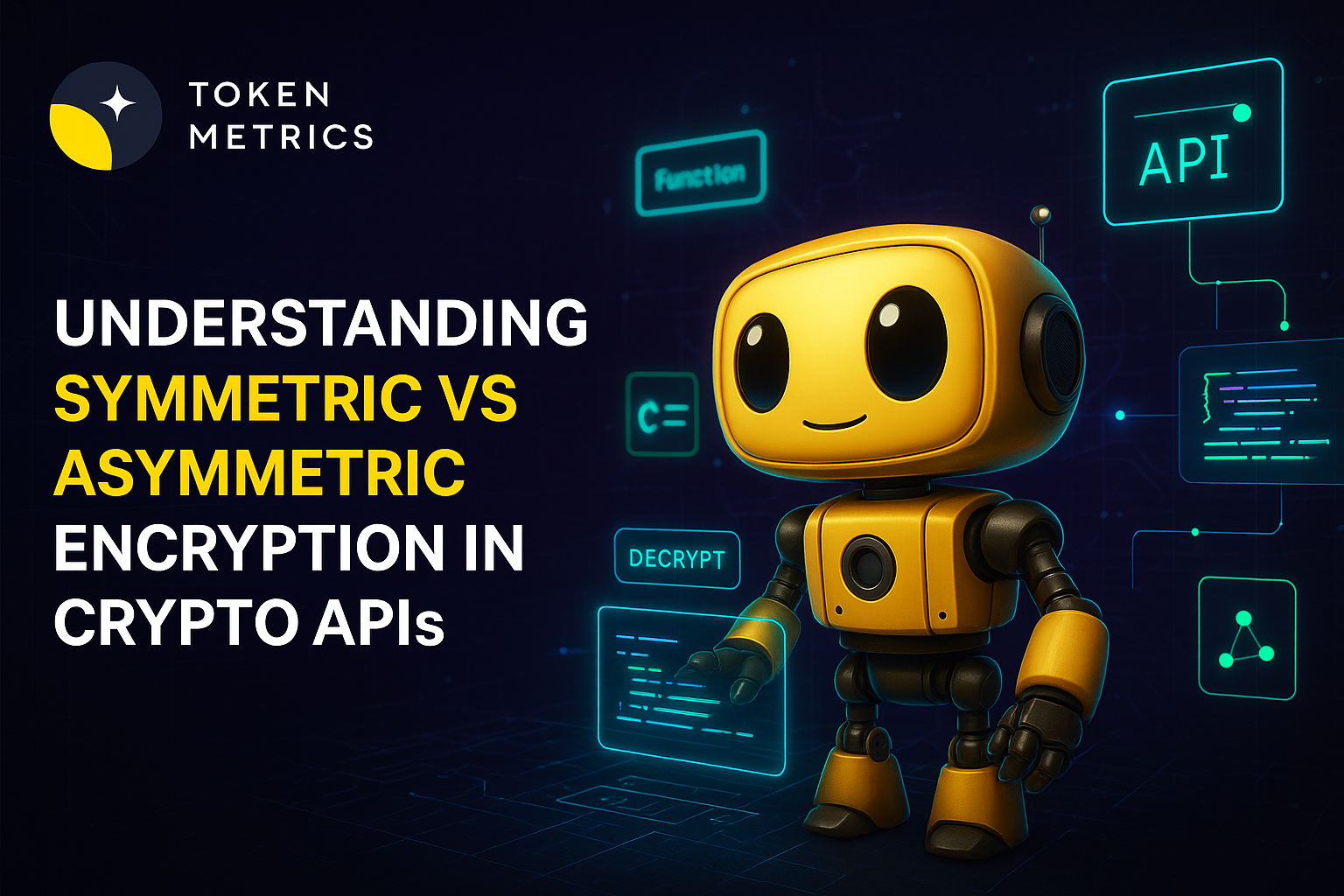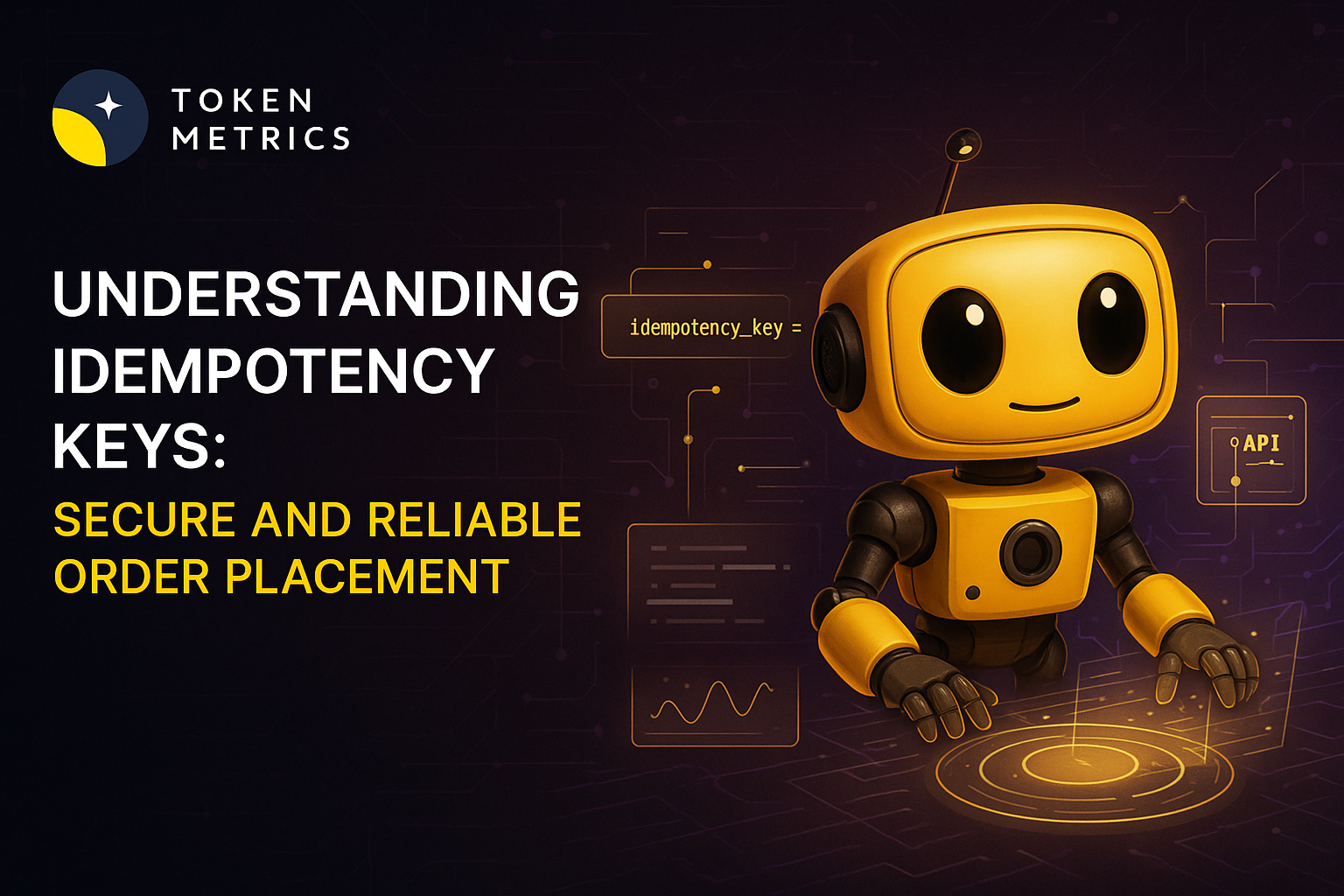A Complete Guide to Accessing Cryptocurrency APIs for Developers

In an increasingly digital world, integrating cryptocurrency data and services into apps and platforms is now essential for developers, data scientists, and tech-savvy businesses. Cryptocurrency APIs allow seamless access to real-time price feeds, blockchain analytics, transaction data, and more—powering everything from crypto wallets to AI trading bots. But how do you get a reliable cryptocurrency API and use it effectively? This guide explains what crypto APIs are, how they work, and practical steps to access, choose, and utilize them for your projects.
What Are Cryptocurrency APIs and Why Are They Important?
API stands for Application Programming Interface—a set of protocols that enable software applications to communicate with each other. In the context of cryptocurrency, APIs provide structured access to data, infrastructure, and functionality from exchanges, blockchains, and analytics platforms.
- Data-Focused APIs: Provide market prices, trading volumes, tickers, order books, and even blockchain-specific metadata.
- Transactional/Operational APIs: Enable sending and receiving crypto, managing wallets, broadcasting transactions, or interacting directly with blockchain nodes.
- Analytics & On-Chain APIs: Offer advanced metrics such as wallet analytics, smart contract events, or AI-driven sentiment analysis.
Crypto APIs are crucial because they:
- Save developers time and resources by abstracting complex blockchain or exchange logic.
- Enable rapid prototyping of apps (such as wallets, trading bots, or dashboards).
- Empower AI and data-driven analysis with reliable, up-to-date data streams.
For both hobbyists and enterprises, access to high-quality APIs is foundational to building in the crypto space.
Steps to Getting a Cryptocurrency API
- Define Your Use Case: Consider whether you need real-time price data, blockchain events monitoring, trading execution, historical analytics, or something else. Your needs will shape your provider selection.
Example scenarios include: - Developing a crypto portfolio tracker (needs price and market data APIs).
- Automating trading strategies (requires robust trading platform APIs).
- Researching on-chain activity for compliance or insight (calls for blockchain analytics APIs).
- Evaluate and Research API Providers: Common sources include:
- Crypto Exchanges: Binance, Coinbase, Kraken, and others offer APIs for trading and market data.
- Market Data Aggregators: CoinGecko, CoinMarketCap, and specialized analytics providers aggregate and enrich multi-exchange data.
- Blockchain Infrastructure Platforms: Providers like Infura, Alchemy, or specialized APIs like Token Metrics offer analytics, on-chain data, and signals.
- Sign Up and Obtain an API Key:
- Most APIs require you to create a free or paid account, agree to terms of use, and generate a unique API key.
- API keys are credentials used to authenticate requests and monitor usage tiers.
- Review Documentation:
- Carefully read API documentation for endpoint lists, sample code, rate limits, security guidelines, and error handling instructions.
- Many providers offer SDKs or code snippets (Python, JavaScript, etc.) to jumpstart integration.
- Integrate and Test:
- Use API endpoints to fetch or send crypto data as needed. Start with test calls before deploying to production.
- Monitor API rate limits and usage to avoid throttling or service disruption.
Major Crypto API Features and Comparisons
Not all crypto APIs are created equal. Here’s what to examine when comparing options:
- Coverage: Does the provider support the coins, exchanges, or blockchains you need?
- Latency & Reliability: Is the data real-time? What is the uptime track record?
- Data Quality: Are prices, trade volumes, and other metrics clean and auditable?
- Security and Privacy: How is your API key protected? Is the data encrypted at rest and in transit?
- Pricing and Rate Limits: Are there free tiers? Are commercial terms transparent?
- Analytics & Value-Add: Advanced APIs may offer AI-driven signals, sentiment analytics, or prediction engines.
- Support and Documentation: Good API providers offer responsive support channels, robust docs, and example codebases.
Major APIs you may want to evaluate include free and paid options from exchanges, data aggregators, and analytics-focused services. Compare their feature sets to your project requirements, both for immediate needs and future scaling.
Practical Tips for Securing and Using Your Crypto API
- Never share your API keys in public repositories or untrusted environments. Treat them as sensitive credentials.
- Use permissioned keys whenever possible—limit API permissions to only what’s required for your use case (read-only, withdrawal-disabled, etc.).
- Implement request throttling and monitor usage, especially if developing client-facing apps.
- Monitor for updates: Crypto APIs are rapidly evolving—keep an eye on provider release notes and adjust your integration as necessary.
- Test all error conditions: APIs may occasionally have outages or rate-limit spikes. Code defensively to handle these smoothly.
AI Tools and Next-Gen Use Cases for Crypto APIs
One of the fastest-growing trends is leveraging AI (artificial intelligence) tools alongside cryptocurrency APIs. For example, you can:
- Feed real-time crypto price and sentiment data to machine learning models for classification or anomaly detection.
- Backtest trading strategies programmatically with historic data from reliable APIs.
- Monitor on-chain and market events to power AI-driven smart trading bots or research agents.
Platforms like Token Metrics showcase how AI analytics and comprehensive crypto APIs can supercharge research, risk analysis, or app development in the digital asset world.
Build Smarter Crypto Apps & AI Agents with Token Metrics
Token Metrics provides real-time prices, trading signals, and on-chain insights all from one powerful API. Grab a Free API Key
FAQs About Getting and Using Crypto APIs
What is a cryptocurrency API key?
An API key is a unique code provided by an API provider to authenticate your requests. It helps track your usage and ensures only authorized applications access data or services. Keep your API key secret to prevent misuse.
Are there free cryptocurrency APIs available?
Yes, many exchanges and market data aggregators offer free API tiers with limited call volumes or feature sets. However, advanced analytics, higher rate limits, or premium data may require a paid plan.
Which programming languages are supported by most crypto APIs?
Almost all major cryptocurrency APIs support requests from popular languages like Python, JavaScript, Java, Ruby, and Go. Providers often feature SDKs or starter kits for common stacks.
How secure are cryptocurrency APIs?
Most reputable crypto API providers use HTTPS encryption and strong authentication. For additional security, restrict API key permissions (for example, disabling withdrawals or only allowing read access) and monitor usage logs.
Can I use a cryptocurrency API in my trading bot or AI project?
Yes, cryptocurrency APIs are essential for powering trading bots, portfolio tools, research dashboards, and AI projects. Always check rate limits and data licensing terms to ensure compliance with provider policies.
Disclaimer
This blog post is for informational and educational purposes only. It does not constitute investment, legal, or tax advice. Readers should conduct their own research and consult professionals as needed.
Create Your Free Token Metrics Account

.png)




%201.svg)
%201.svg)


%201.svg)










.svg)




.png)